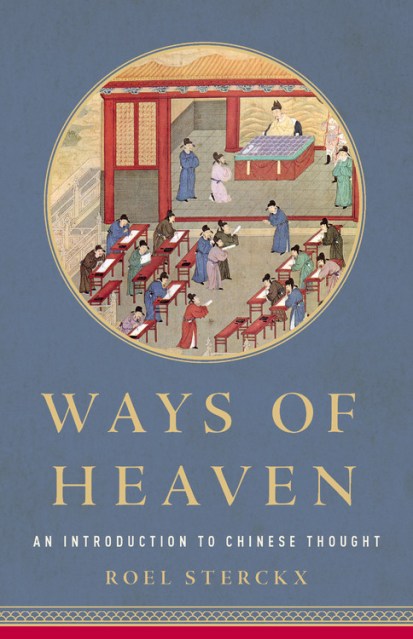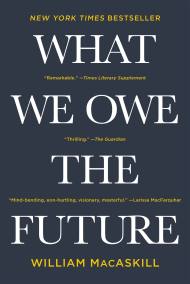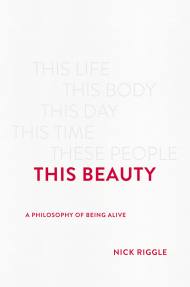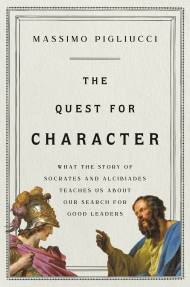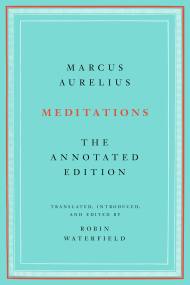Promotion
Use code BEST25 for 25% off storewide. Make sure to order by 11:59am, 12/12 for holiday delivery!
By clicking “Accept,” you agree to the use of cookies and similar technologies on your device as set forth in our Cookie Policy and our Privacy Policy. Please note that certain cookies are essential for this website to function properly and do not require user consent to be deployed.
Ways of Heaven
An Introduction to Chinese Thought
Contributors
By Roel Sterckx
Formats and Prices
- On Sale
- Sep 17, 2019
- Page Count
- 512 pages
- Publisher
- Basic Books
- ISBN-13
- 9781541618442
Price
$35.00Format
Format:
- Hardcover $35.00
- ebook $19.99
This item is a preorder. Your payment method will be charged immediately, and the product is expected to ship on or around September 17, 2019. This date is subject to change due to shipping delays beyond our control.
Buy from Other Retailers:
Genre:
-
"An outstanding introduction to the world of thought in classical China. Engagingly written and beautifully argued, Ways of Heaven is an invaluable work for anyone interested in exploring the key ideas and concerns that have animated so much of Chinese civilization."Michael Puett, authorof The Path: What Chinese Philosophers Can Teach Us About the Good Life
-
"Ever wondered why Chinese have valued ritual more than law, harmony more than personal accomplishment? In this engagingly-written book, Roel Sterckx makes these and other central elements in Chinese thought easy to understand and interesting to think about."Patricia B. Ebrey, professor of history, University ofWashington
-
"We have been waiting for this book for too long. For centuries, the real China has been locked in a distant castle by both the western media and Chinese propaganda. If you are curious about the origin of China's yin and yang, if you want to know more about the roots of Chinese philosophy, if you want to know how to do business with the Chinese, if you want to gain insight into Chinese art, or even if you want to understand the mentality of Chinese people, this book will answer these questions for you. Roel Sterckx's book can be the key to opening that Chinese castle's gate, and help you to understand how Chinese life has taken shape from Confucius to the food menus of today."XinranXue, author of Sky Burial, The Good Women of China, and ChinaWitness
Newsletter Signup
By clicking ‘Sign Up,’ I acknowledge that I have read and agree to Hachette Book Group’s Privacy Policy and Terms of Use
